Exhibition at the Museo del Prado looks back on two hundred years of history
Bernardo Lopez Piquer (Valencia, 1799 - Madrid, 1874), Maria Isabel of Braganza, Queen of Spain, as Founder of the Museo del Prado, 1829. Oil on canvas. ©Museo Nacional del Prado
MADRID.- Since the Museo Real opened its doors on 19th November 1819 with works from the Royal Collections, this institution has served as one of the leading depositaries for the history of Western art, a key point of reference for Spanish culture and an object of collective pride. Some two hundred years after it was founded, the Museo del Prado would like to reflect on all this and share its celebrations, especially with those who visit the exhibition that is taking place over almost four months in Halls A and B, an exhibition designed to provide a rich insight into the Museum’s development and historical significance.
Organised by Javier Portús, Chief Curator of Spanish Painting (up to 1700) at the Prado, in his own words the exhibition “proposes a chronological journey through the Museum’s evolution, which enables us to highlight the aspects that have made this a living institution, one that has been especially influenced by the country’s historical vicissitudes. The main aspects the exhibition focus on when telling this story include the following: Spanish patrimonial awareness; the ways in which the dialogue between the Museum and its public and society at large has evolved; the ways in which the Museum itself has reflected some of the critical moments in Spain’s history over the last two centuries; the criteria that have guided the creation of its collections and exhibition policy; the development of the history of art as a humanistic discipline; the impact that the Museum and its collections have had on the art and artists of the nineteenth and twentieth centuries; and the symbolic contents that have gradually been associated with the Museum as an institution”.
In this respect, the chronological journey revolves around eight different periods, through which we can see how the institution has developed its own personality, at the same time as it has reflected the country’s historical development. Amongst the themes that are being addressed, based on their artistic importance, we might mention the Museum’s key role as a venue for reflection and inspiration for successive generations of Spanish and foreign artists, as represented with works by Renoir, Manet, Chase, Sargent, Arikha and Pollock, amongst the foreign artists, and Rosales, Saura and, in particular, Picasso, amongst the Spanish artists. By using all kinds of documents and representative works of art in each case, the exhibition also focuses on the following aspects: the institutional ups and downs experienced by the Prado; the ways in which its collections have grown and the variety of formulas that have been employed to this end; the criteria for organising and exhibiting the collections; the manner in which historical and artistic studies have been promoted; and the ways in which the Museum has fulfilled its didactic vocation and established its relationship with society.
The exhibition features a total of 168 original works, of which 134 form part of the Museum’s own collections and 34 have been loaned by different Spanish institutions and foreign institutions in the United States, France, Hungary, the United Kingdom, Israel, Germany and Russia. These works help to create a context that enables us to understand the Museo del Prado in relation to general trends regarding European heritage policy, whilst also highlighting the terms of the dialogue that many contemporary artists have maintained with the institution.
Roman Sculptor, The Dance of the Maenads, 120 - 140. White marble. ©Museo Nacional del Prado.
Gérard David (Attributed to), The Virgin with the Child, Ca. 1520. Oil on panel. ©Museo Nacional del Prado.

Raphael (Raffaelo Sanzio) (Urbino, 1483 - Rome, 1520), The Holy Family with a Lamb, 1507. Oil on panel. ©Museo Nacional del Prado.
Anonymous, Case for jasper boat-shaped cup with a dragon, 1650 - 1711. Leather, Wood, Cloth. ©Museo Nacional del Prado.
José Antolínez (Madrid, 1635 - Madrid, 1675), The Assumption of the Magdalen, 1670 - 1675. Oil on canvas. ©Museo Nacional del Prado.
Francisco de Zurbarán (Fuente de Cantos, Badajoz, 1598 - Madrid, 1664), The Vision of Saint Peter Nolasco, 1629. Oil on canvas. ©Museo Nacional del Prado.
Diego Rodríguez de Silva y Velázquez (Sevilla, 1599 - Madrid, 1660), The crucified Christ, Ca. 1632. Oil on canvas. ©Museo Nacional del Prado.
Cecilio Pizarro y Librado (Toledo, 1818 - Madrid, 1886), Ayer y boy, 1863. Oil on canvas, 43 x 65 cm. ©Museo Nacional del Prado.
Genaro Pérez Villaamil y Duguet (El Ferrol, La Coruña, 1807 - Madrid, 1854), Diptych with 42 Monumental Views of Spanish Cities, 1835 - 1839. Oil on paper, panel, tin plate ©Museo Nacional del Prado.
Fray Juan Bautista Maíno (Pastrana, Guadalajara, 1581 - Madrid, 1649), The Resurrection, 1612 - 1614. Oil on canvas. ©Museo Nacional del Prado.
El Greco (Domenikos Theotokopoulos) (Candia, Crete, 1541 - Toledo, 1614), The Resurrection, 1597 - 1600. Oil on canvas. ©Museo Nacional del Prado.
El Greco (Domenikos Theotokopoulos) (Candia, Crete, 1541 - Toledo, 1614), Christ carrying the Cross, Ca. 1602. Oil on canvas. ©Museo Nacional del Prado.
Bartolomé Esteban Murillo (Sevilla, 1617 - Sevilla, 1682), The Immaculate Conception of Los Venerables, 1660 - 1665. Oil on canvas. ©Museo Nacional del Prado.
El Greco (Domenikos Theotokopoulos) (Candia, Crete, 1541 - Toledo, 1614), La Sagrada Familia, santa Ana y san Juanito, Ca. 1600. Oil on canvas. ©Museo Nacional del Prado.
Pedro de Mena (Granada, 1628 - Málaga, 1688), Penitent Mary Magdalene, 1664. Wood. ©Museo Nacional del Prado.
Alonso Cano (Granada, 1601 - Granada, 1667), The Virgin and Child, 1645 - 1652. Oil on canvas. ©Museo Nacional del Prado.

Jusepe de Ribera, lo Spagnoletto (Játiva, Valencia, 1591 - Naples, 1652), Saint Andrew, Ca. 1631. Oil on canvas. ©Museo Nacional del Prado.
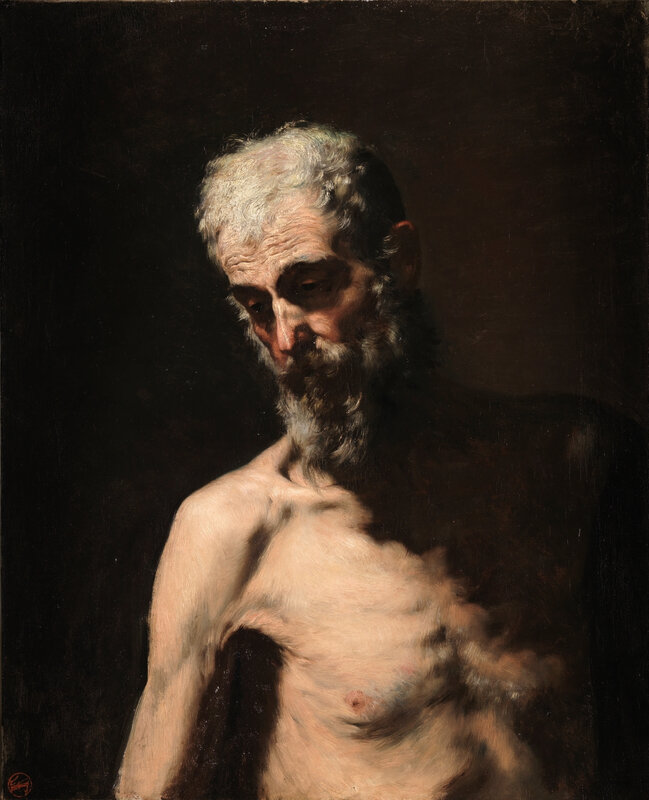
Mariano Fortuny (Reus, Tarragona, 1838 - Rome, 1874), Saint Andrew (copy after Ribera), Ca. 1867. Oil on canvas. ©Museo Nacional del Prado.


Charles-Emile-Auguste Durand Carolus Duran (Lille, Francia, 1837 - Paris, 1917), The Painter Matías Moreno, 1867. Oil on canvas. ©Museo Nacional del Prado.

Juan Bautista Martínez del Mazo (¿Beteta? (Cuenca), 1611 - Madrid, 1667), Margarita de Austria, Infanta of Spain, Ca. 1665. Oil on canvas. ©Museo Nacional del Prado.

Joaquín Sorolla y Bastida (Valencia, 1863 - Cercedilla, Madrid, 1923), María Figueroa, dressed as a menina, 1901. Oil on canvas. ©Museo Nacional del Prado.

Diego Rodríguez de Silva y Velázquez (Sevilla, 1599 - Madrid, 1660), Doña Antonia de Ipeñarrieta y Galdós and her Son, don Luis, Ca. 1632. Oil on canvas. ©Museo Nacional del Prado.
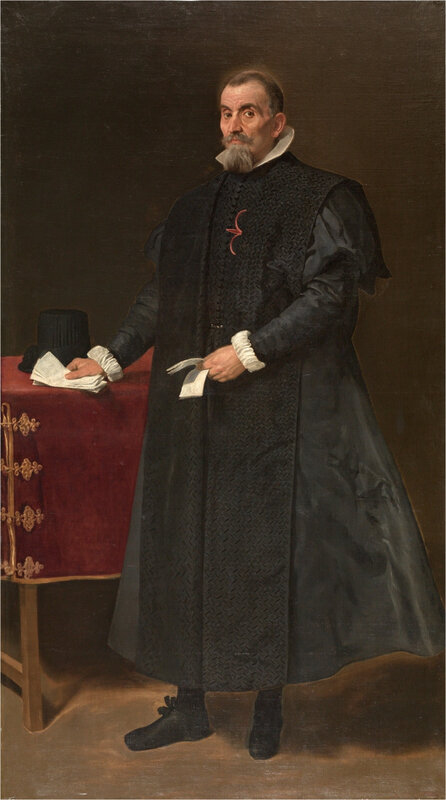
Diego Rodríguez de Silva y Velázquez (Sevilla, 1599 - Madrid, 1660), Don Diego del Corral y Arellano, Ca. 1632. Oil on canvas. ©Museo Nacional del Prado.

Rogier Van Der Weyden (Tournai, 1399 - Brussels, 1464), The Virgin and Child, known as the Durán Virgin, 1435 - 1438. Oil on panel. ©Museo Nacional del Prado.

Gérard David (Oudewater (Netherlands), 1450 - Bruges (Belgium), 1523), Rest on the Flight from Egypt, Ca. 1515. Oil on panel. ©Museo Nacional del Prado.
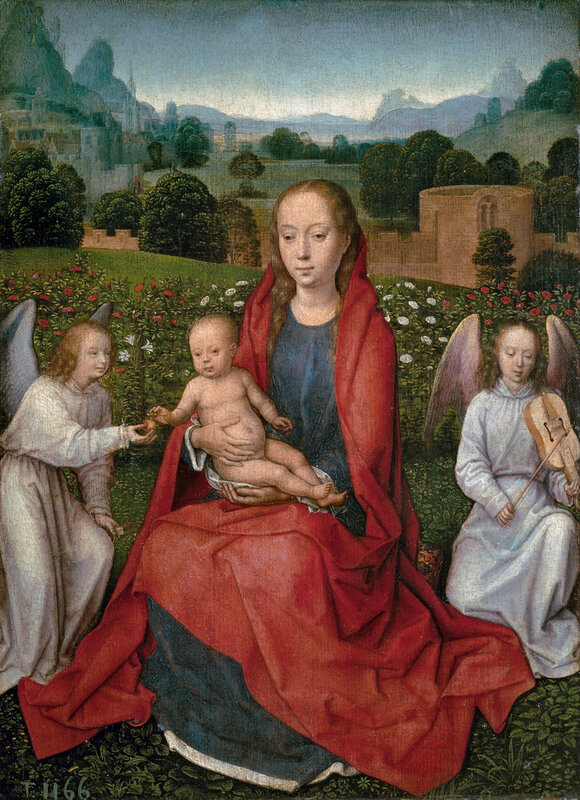
Hans Memling (Seligenstadt (Germany), 1433 - Bruges, 1494), Virgin and Child with two angels, 1480 - 1490. Oil on panel. ©Museo Nacional del Prado.

Paolo da San Leocadio (Reggio Emilia, 1447 - Valencia, 1520), The Virgin of the Knight of Montesa, 1472 - 1476. Oil on panel. ©Museo Nacional del Prado.
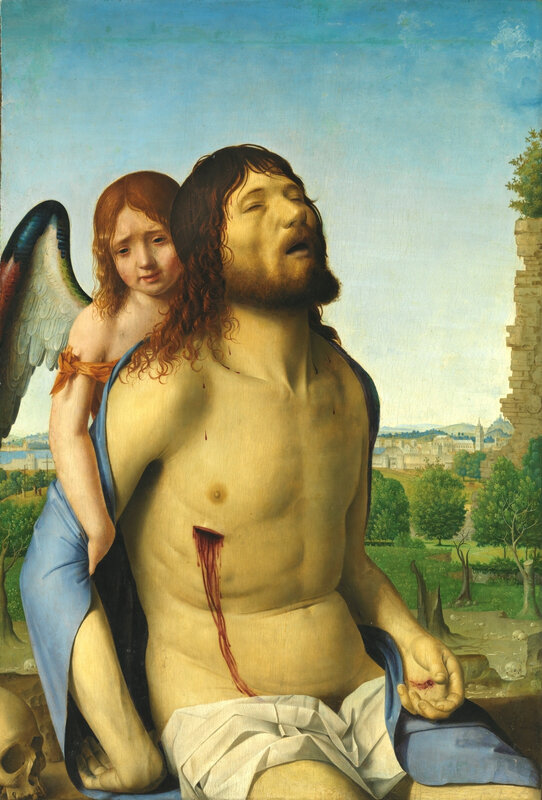
Antonello da Messina (Messina, 1430 - Messina, 1479), The dead Christ supported by an Angel, 1475 - 1476. Mixed method on panel. ©Museo Nacional del Prado.
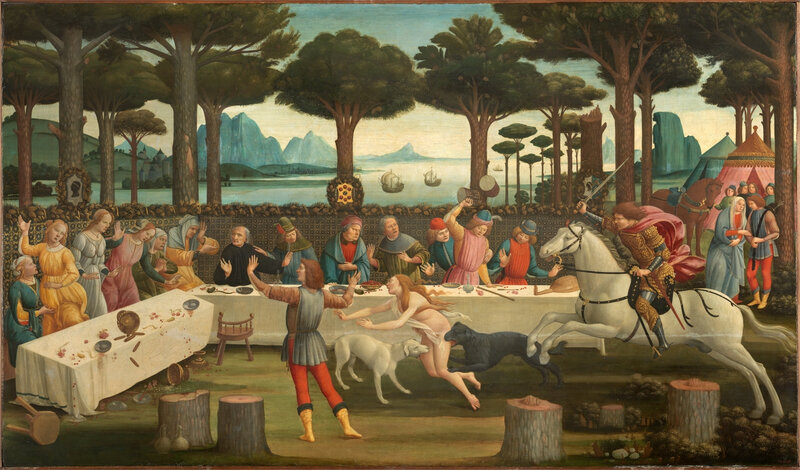
Sandro Botticelli (Florence, 1445 - Florence, 1510), Escenas de La historia de Nastagio degli Onesti, 1483. Mixed method on panel. ©Museo Nacional del Prado.
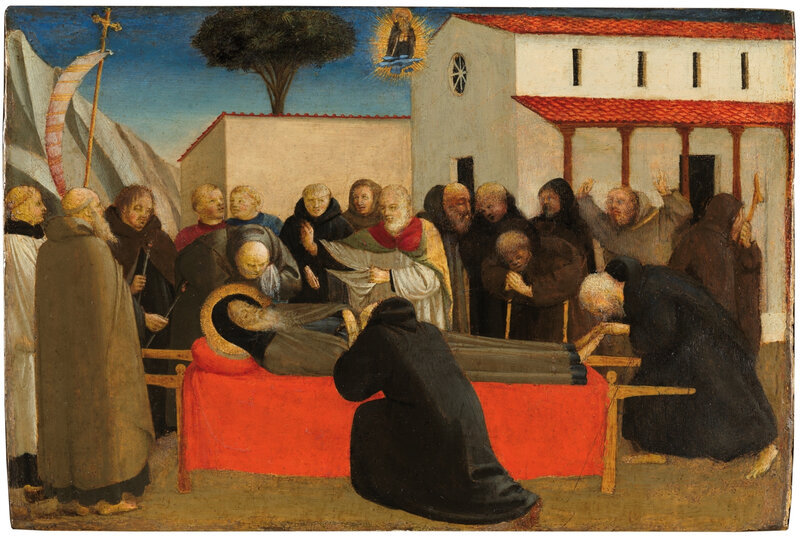
Fra Angelico (Vicchio di Mugello, Florence, 1395 - Rome, 1455), The Funeral of Saint Anthony Abbot, 1426 - 1430. Tempera on poplar panel. ©Museo Nacional del Prado.

Pieter Kempeneer (1503, 1580), The Descent from the Cross, Ca. 1570. Oil on oak panel. ©Museo Nacional del Prado.
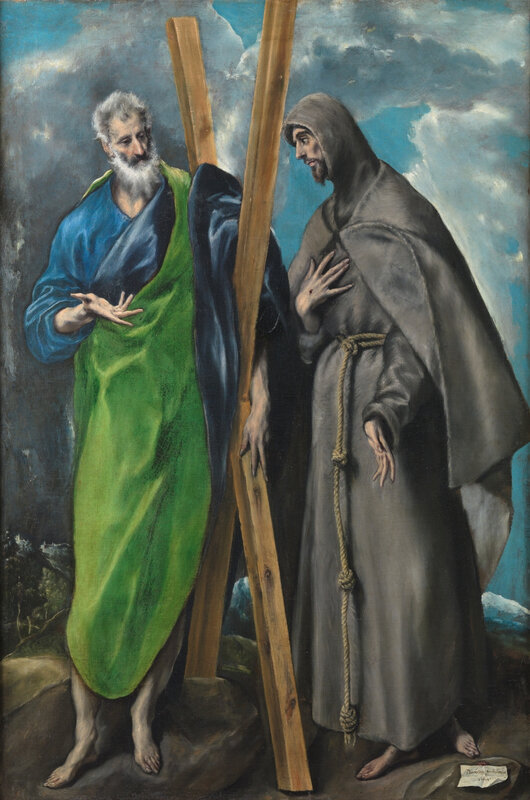
El Greco (Domenikos Theotokopoulos) (Candia, Crete, 1541 - Toledo, 1614), Saint Andrew and Saint Francis, Ca. 1595. Oil on unlined canvas. ©Museo Nacional del Prado.

Attributed to El Greco (Domenikos Theotokopoulos), Pandora, 1600 - 1610. Wood. ©Museo Nacional del Prado.

Attributed to El Greco (Domenikos Theotokopoulos), Epimetheus, 1600 - 1610. Wood. ©Museo Nacional del Prado

Anonymous, Sumerian Head, Ca. 2120 a.C.. Diorite. ©Museo Nacional del Prado.

/https%3A%2F%2Fprofilepics.canalblog.com%2Fprofilepics%2F1%2F0%2F100183.jpg)
/https%3A%2F%2Fstorage.canalblog.com%2F03%2F02%2F119589%2F96711876_o.jpg)
/https%3A%2F%2Fstorage.canalblog.com%2F11%2F31%2F119589%2F94773502_o.jpg)
/https%3A%2F%2Fstorage.canalblog.com%2F20%2F83%2F119589%2F94772815_o.jpg)
/https%3A%2F%2Fstorage.canalblog.com%2F26%2F72%2F119589%2F75604929_o.jpg)
/https%3A%2F%2Fstorage.canalblog.com%2F59%2F60%2F119589%2F26458628_o.jpg)





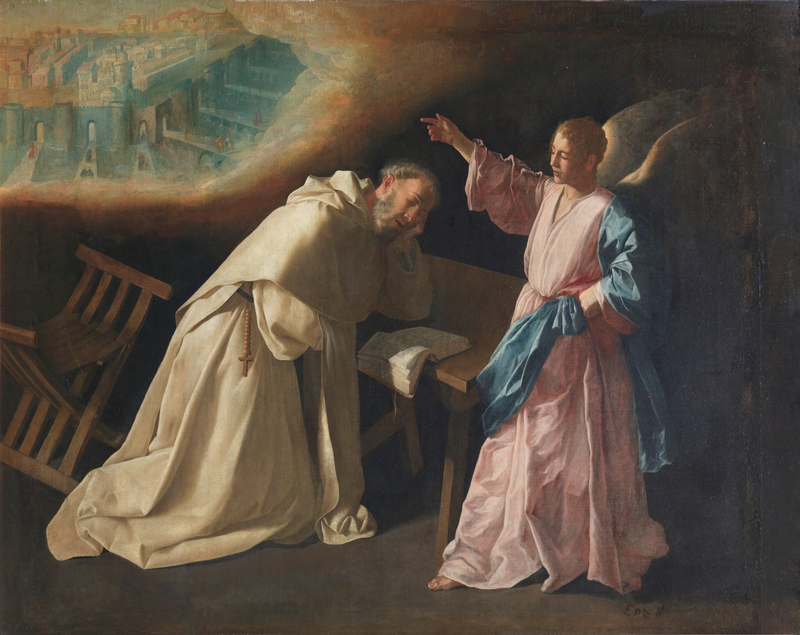
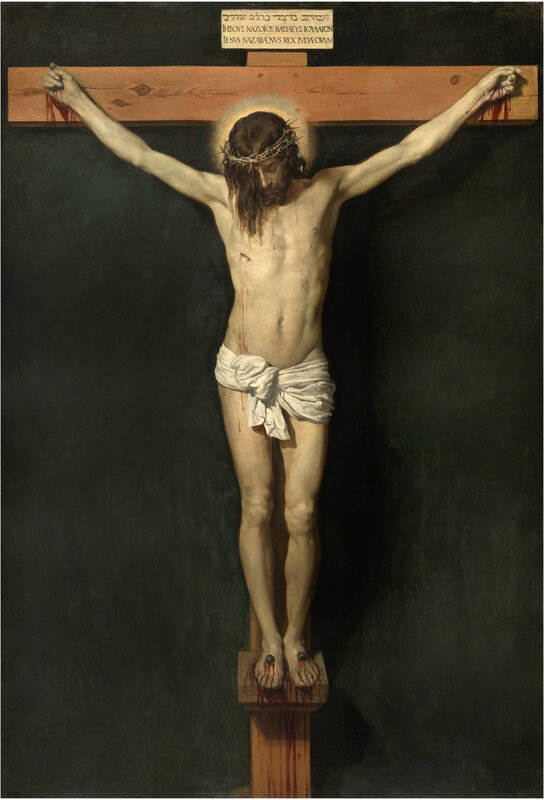

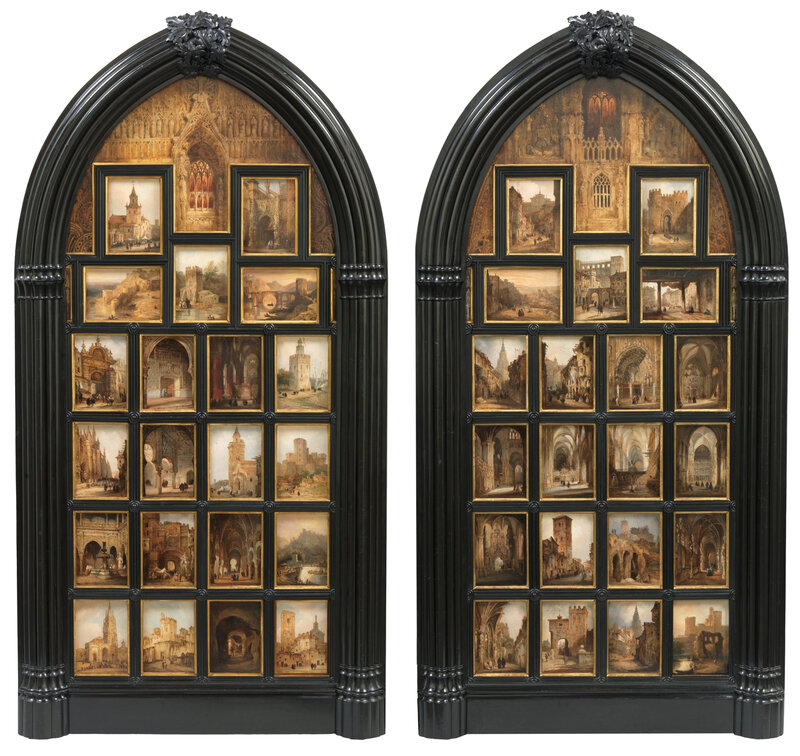





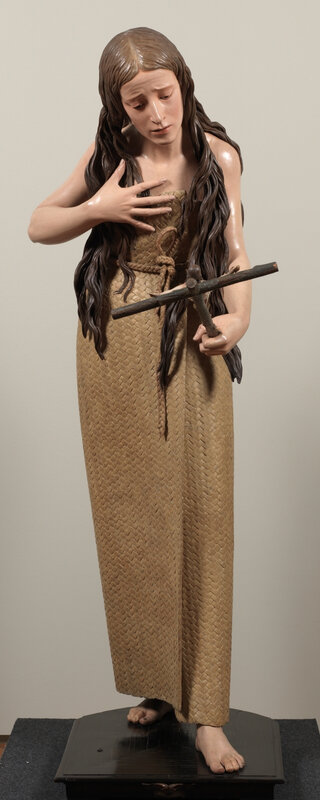



/image%2F1371349%2F20240418%2Fob_ac5c4c_telechargement.jpg)
/image%2F1371349%2F20240418%2Fob_709b64_304-1.jpg)
/image%2F1371349%2F20240418%2Fob_22f67e_303-1.jpg)
/image%2F1371349%2F20240417%2Fob_9708e8_telechargement.jpg)